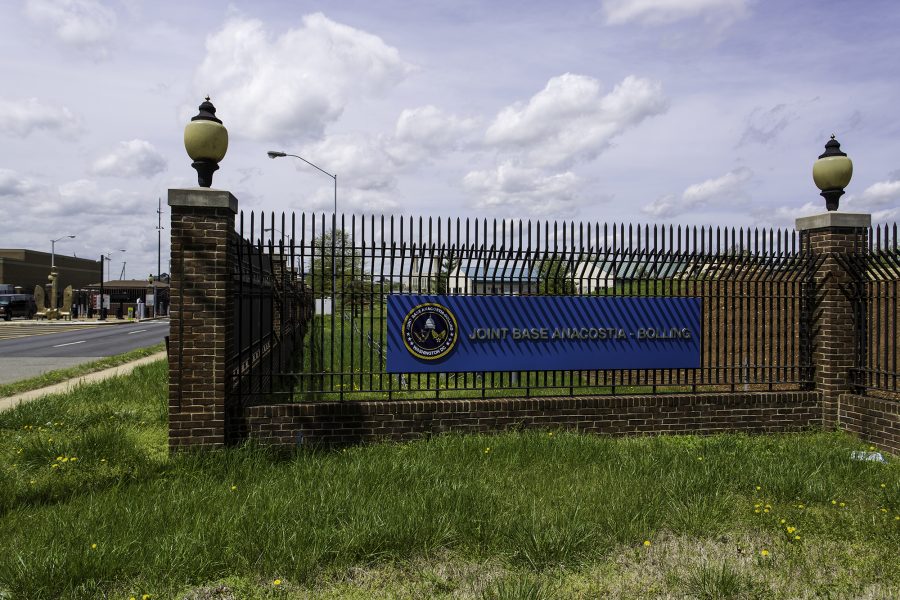The Pentagon on Feb. 6 outlined additional bases that would house people who need to be quarantined as part of the outbreak of the new coronavirus, should the Department of Health and Human Services request.
The 11 bases are near major international airports, with each able to provide housing support for up to 20 people “as they undergo a period of quarantined observation.” These bases are in addition to primary and secondary locations already assigned by HHS, according to a Pentagon statement.
The installations and corresponding airports are:
- Joint Base Pearl Harbor-Hickam, Hawaii. Supporting the Daniel K. Inouye airport in Honolulu.
- Great Lakes Training Center Navy Base, Illinois. Supporting Chicago-O’Hare International Airport.
- Naval Air Station Joint Reserve Base, Texas. Supporting Dallas-Fort Worth International Airport
- March Air Reserve Base, California. Supporting Los Angeles International Airport.
- Travis Air Force Base, California. Supporting San Francisco International Airport.
- Dobbins Air Reserve Base. Supporting Hartsfield-Jackson International Airport in Atlanta.
- Fort Hamilton, New York. Supporting John F. Kennedy International Airport in New York City.
- Naval Base Kitsap, Washington. Supporting Seattle-Tacoma International Airport.
- Joint Base Anacostia-Bolling, Washington, D.C. Supporting Washington-Dulles International Airport.
- Joint Base McGuire-Dix-Lakehurst, New Jersey. Supporting Newark-Liberty International Airport.
- Fort Custer Training Center, Michigan. Supporting Detroit Metro Airport.
The announcement is in addition to personnel already being housed at March, Travis, and Marine Corps Air Station Miramar, California, and potential housing at Joint Base San Antonio-Lackland, Texas; Fort Carson, Colorado; and Camp Ashland, Nebraska. The installations will only be used if people are identified at the airports and cannot be housed at existing HHS facilities. HHS is responsible for all transportation and care of the evacuees, according to the Pentagon.
“DOD personnel will not be in direct contact with the evacuees and will minimize contact with personnel supporting the evacuees,” according to the statement.
